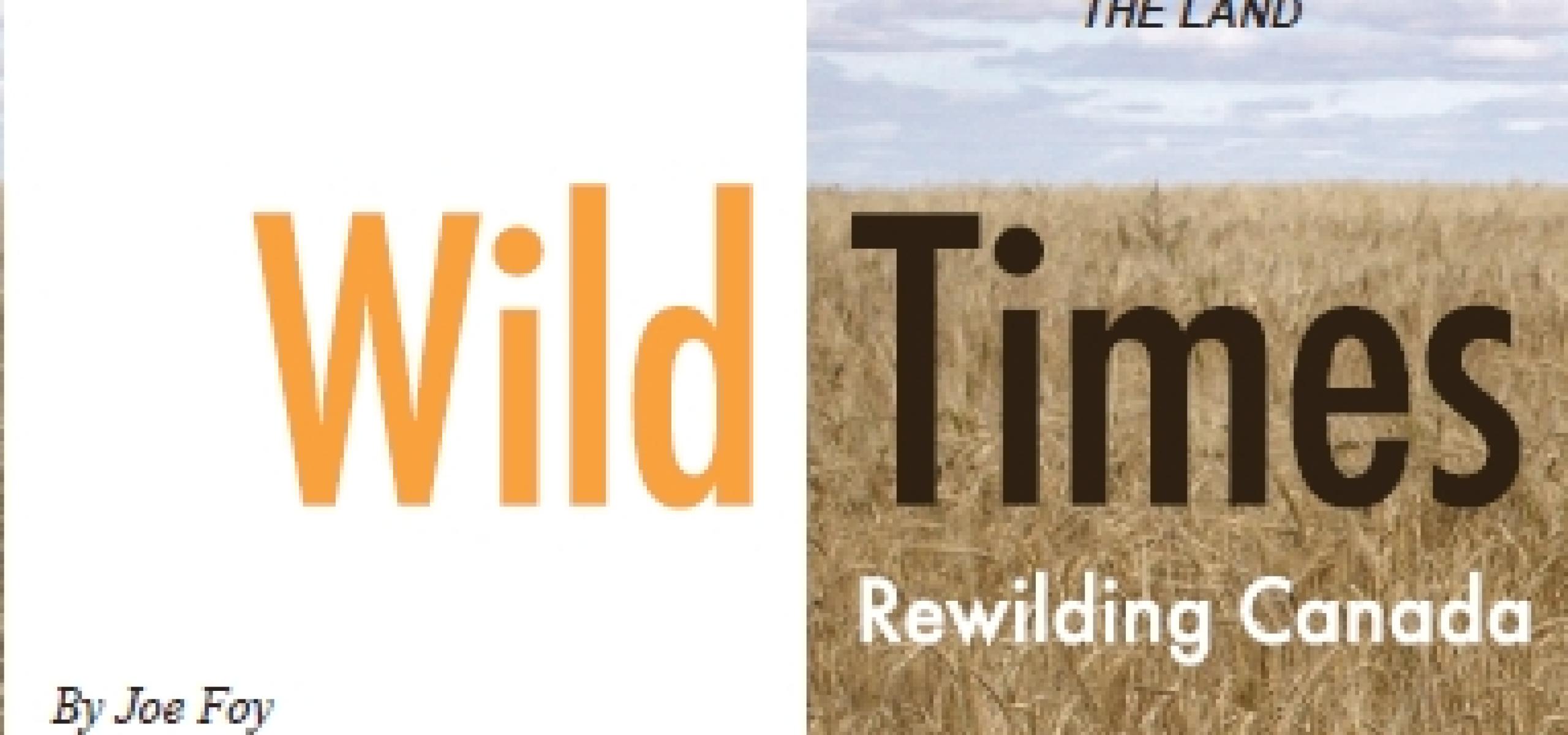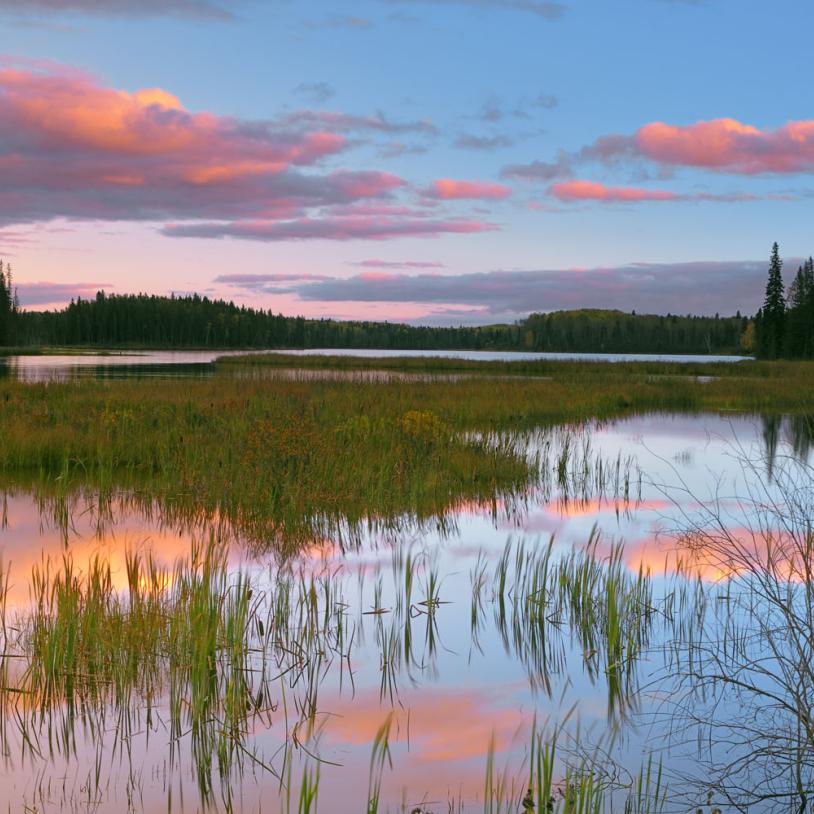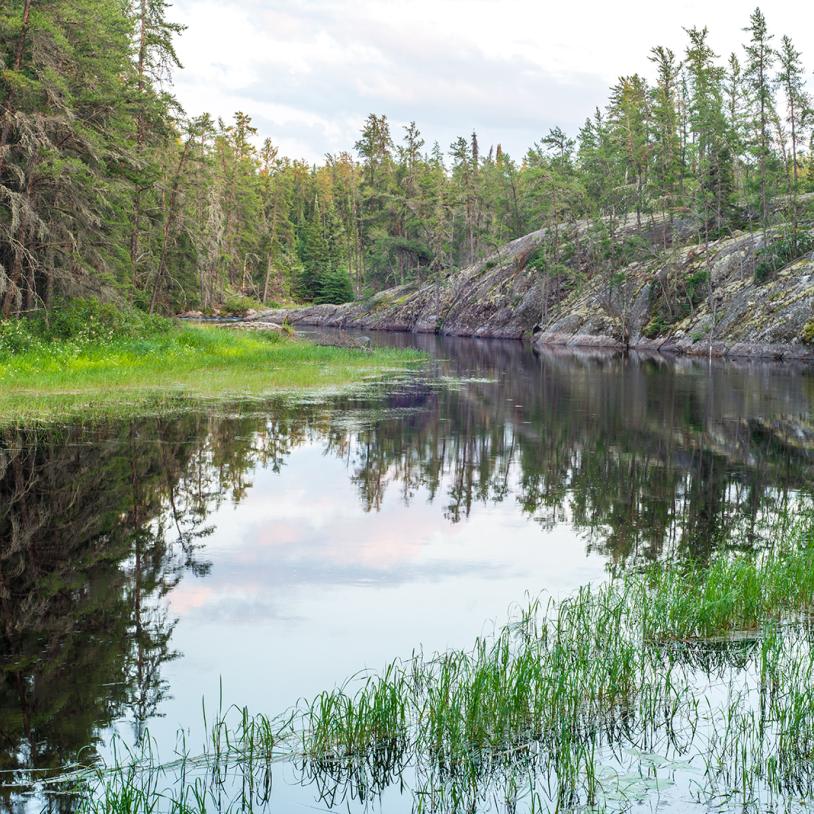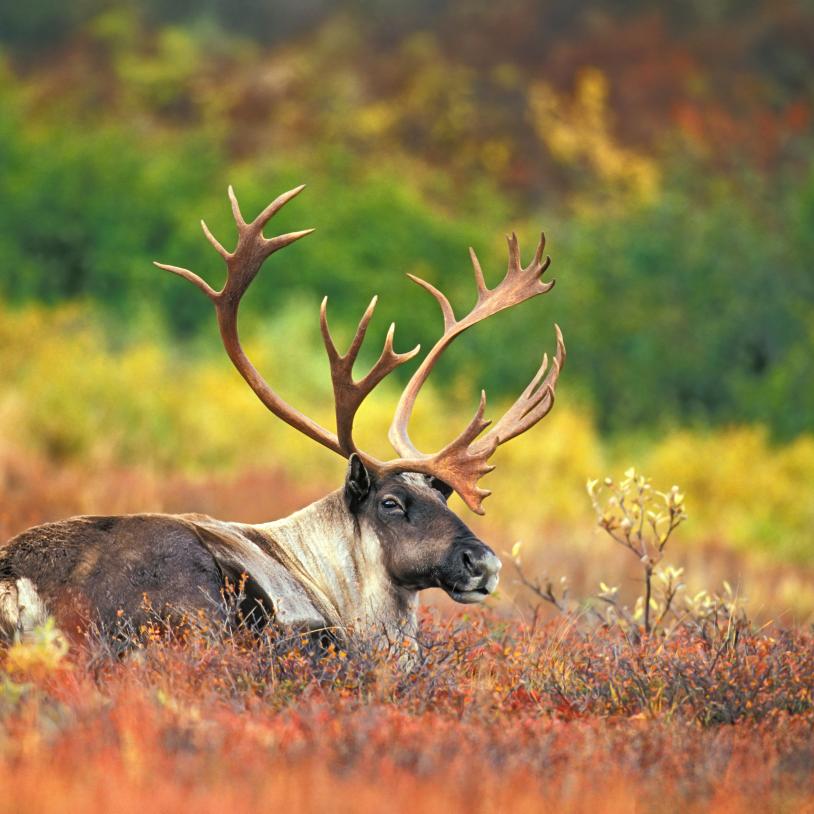Rewilding Canada - Wild Times
Wednesday, September 1, 2010
September 1st, 2010 - Read Joe Foy's Wild Times column in the Watershed Sentinel as he considers what it will take to bring the grizzly, wolf and buffalo back to the Canadian prairies...
I write this column sitting at a picnic table beside a little beach on Lake of the Woods at Kenora, Ontario. Our family summer vacation this year has entailed a TransCanada Highway trip to Winnipeg to attend a wedding – then further east to points unknown. So far it has been a great odyssey across the amazing southern Canadian landscape.
We left our home at New Westminster in a heatwave, then motored on along the mighty Fraser River to Hope, then wound up the Coquihalla to fresh coolness at the summit of the Cascade Range. Down the eastern slope, we descended into the tawny grasslands of Merritt, then over the mountains and down again into the dry heat and grasslands of Kamloops. Through the Shuswap Lake Country with its green mountain sides and shimmering warm beaches we stuck to the TransCanada. Coming into Golden, black thunderheads crowded the mountain slopes and lightning speared down into the dark forest.
As we made our way through the Rocky Mountains there was quite a bit of highway reconstruction. Every so many kilometres an overpass was being built. It took me a while to realize that these overpasses had no roads on them – they were wildlife overpasses meant for elk, grizzlies and such.
And then finally we spilled out onto the great Canadian prairies which went on and on through Alberta, Saskatchewan and Manitoba. I love the landscapes of the prairies. I love how the sky gets so big and how the clouds tower in a way we never see in my home on the west coast, not even on the ocean.
Just outside Brandon Manitoba, we made camp at a park that we were told by the local manager is a sacred place for the Sioux people. We were told that the next day First Nation young people from Brandon and Winnipeg would come to this place by the Assiniboine River to learn some things about their history and culture.
That night, under a full moon, I looked out over the valley and thought about all the centuries that this place had been an important gathering ground for the tribes – and buffalo hunting area. A deep sadness overtook me as often happens when I travel through the prairies.
This place once had an abundance of wildlife seen in few other places on earth. Massive herds of bison, trailed by wolves and grizzlies and people moved in seasonal circuits. Now farmland has replaced the wild beauty with a grid patchwork of yellow blue, green, and gold. The new landscape is pretty – but I ached to see something of the old. It’s just so damn sad – especially to a guy from British Columbia who knows that wild nature and commerce can live side by side if the landscape is shared.
The only way I can deal with the sadness is to believe with all my heart that one day the prairies, and other damaged landscapes of southern Canada will be “rewilded” at least in part. Alaska has protected 40% of their landscape. The Canadian government has warmed to the idea of protecting at least 50% of the Boreal Forest.
In a country that can build a highway across a continent, surely we can envision a day where half the prairies has been rewilded into a series of connected wilderness parks – like Yellowstone in the USA – where wild wolves hunt elk and bison as they once did. Where First Nations people and the rest of us too can behold in awe the wild prairies in all it’s abundance.
A country that would do something like that – to give back to future generations and to help make amends for sins of the past – that’s a country with a good future I figure.
Here in Kenora, where the Canadian Boreal Forest stretches all the way down to the US border and wild country reaches north all the way to the arctic circle and beyond, it still feels like it’s not to late to rewild Canada.
Joe Foy is Campaign Director for the Wilderness Committee, Canada’s largest citizen-funded membership-based wilderness preservation organization.


